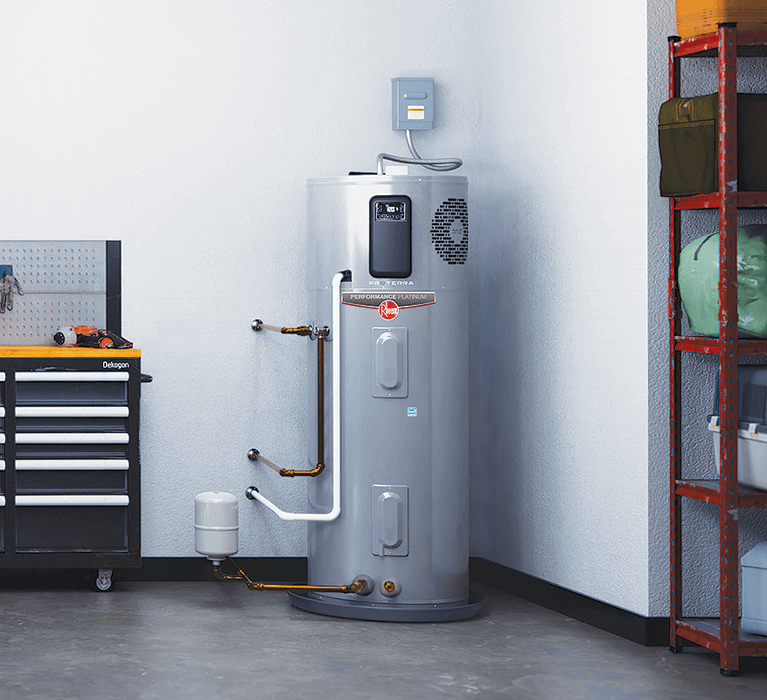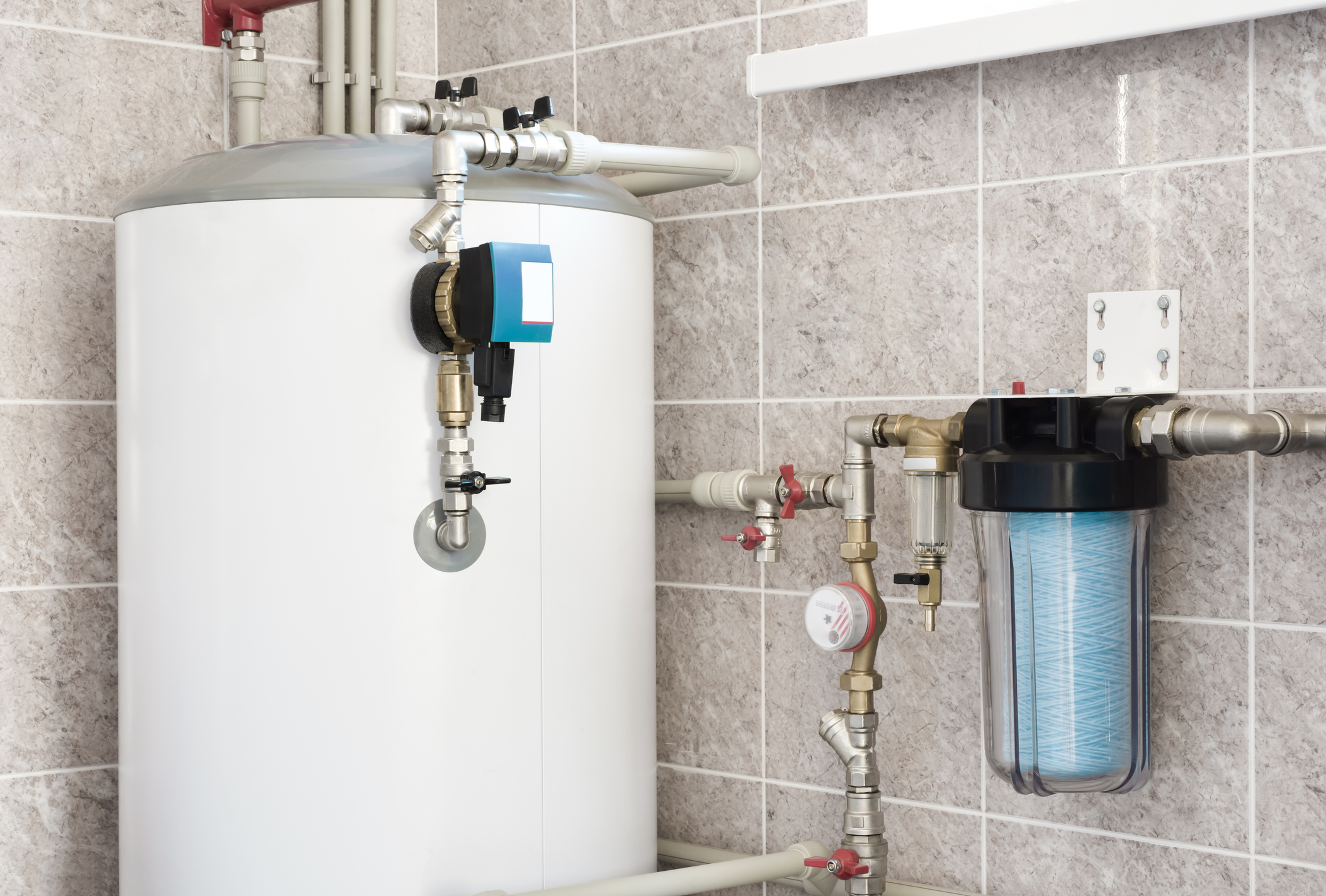Key Maintenance Strategies for Your Home's Hot Water SystemImportant Advice on Maintaining Your Home's Hot Water System
Key Maintenance Strategies for Your Home's Hot Water SystemImportant Advice on Maintaining Your Home's Hot Water System
Blog Article
This post down below about Tips For Maintaining Your Hot Water Heater is rather attention-grabbing. Don't miss it.

Warm water is crucial for day-to-day convenience, whether it's for a rejuvenating shower or cleaning recipes. To guarantee your warm water system runs successfully and lasts longer, routine maintenance is crucial. This article gives functional ideas and insights on just how to keep your home's warm water system to avoid interruptions and pricey repairs.
Introduction
Preserving your home's hot water system might appear overwhelming, however with a few straightforward steps, you can guarantee it operates efficiently for many years ahead. This overview covers everything from recognizing your hot water system to DIY maintenance pointers and understanding when to hire specialist aid.
Significance of Preserving Your Hot Water System
Regular maintenance not just prolongs the life expectancy of your warm water system yet likewise guarantees it operates effectively. Overlooking maintenance can result in lowered efficiency, greater power bills, and also premature failing of the system.
Indicators Your Hot Water System Requirements Maintenance
Understanding when your hot water system needs attention can protect against significant issues. Look out for signs such as irregular water temperature, odd noises from the heating unit, or rustic water.
Purging the Hot Water Heater
Purging your water heater eliminates debris build-up, boosting efficiency and extending its life.
Monitoring and Replacing Anode Rods
Anode poles stop corrosion inside the storage tank. Checking and replacing them when broken is crucial.
Complicated Concerns Calling For Specialist Aid
Examples consist of significant leaks, electrical troubles, or if your hot water heater is regularly underperforming.
Regular Professional Maintenance Perks
Professional upkeep can consist of comprehensive inspections, tune-ups, and guaranteeing conformity with safety standards.
Checking and Readjusting Temperature Setups
Adjusting the temperature setups ensures optimal performance and safety and security.
DIY Tips for Maintenance
You can perform several maintenance jobs yourself to maintain your warm water system in leading problem.
Checking for Leakages
Routinely examine pipes and links for leakages, as these can result in water damages and greater costs.
Comprehending Your Warm Water System
Before diving right into upkeep tasks, it's handy to recognize the standard components of your warm water system. Normally, this consists of the hot water heater itself, pipelines, anode rods, and temperature level controls.
Monthly Maintenance Tasks
Routine month-to-month checks can aid catch small problems prior to they rise.
Checking Stress Alleviation Valves
Examining the stress safety valve guarantees it functions correctly and prevents too much pressure buildup.
Insulating Pipelines
Shielding hot water pipes reduces heat loss and can conserve power.
When to Call a Specialist
While do it yourself upkeep is helpful, some problems require expert proficiency.
Verdict
Normal maintenance of your home's warm water system is vital for performance, long life, and expense savings. By complying with these tips and understanding when to look for professional assistance, you can ensure a trustworthy supply of hot water without unforeseen disturbances.
Water Heater Maintenance Tips
Test the TPR Valve
Shut off the power and the cold-water supply valve. Place a bucket under the pipe connected to the temperature-pressure-release (TPR) valve on the top or side of the tank. (This valve opens if the tank pressure gets too high.) Lift the valve’s tab to let some water out, then let go. If water keeps flowing, drain the tank partway, unscrew the old valve with a pipe wrench, and install a new one. Check the Anode Rod
Put a hose to the tank’s drain cock and let out a few gallons of water. Now fit a 1 1/16-inch socket onto the rod’s hex head on top of the heater (or under its top plate) and unscrew the rod. If it’s less than ½ inch thick or coated with calcium, buy a new one, wrap its threads with Teflon tape, put it back in the tank, and tighten securely. Use this segmented rod if headroom above the tank is limited. Drain the Tank and Wash Out Sediment
Drain the remaining water in the tank into the bucket, then stir up the sediment on the tank’s bottom by briefly opening the cold-water supply valve. Drain and repeat until clean water comes out of the hose. Close the drain cock, refill the tank, and turn its power back on. Adjust the Temperature
Find the temperature dial on the side of the tank and unscrew its cover. Adjust the dial to 120 degrees using a flathead screwdriver. For every 10 degrees the temperature is lowered, you can expect to save up to 5 percent in energy costs. Turn the water heater off or the thermostat down to its lowest setting if you plan to be away from home for more than three days. Insulate the Pipes
Buy some self-sticking 3/8-inch-thick foam pipe insulation that matches the pipes’ diameter. Slide the foam over the hot-and cold-water pipes as far as you can reach. Insulating the cold-water pipe prevents condensation in summer. Peel the tape and squeeze the insulation closed. If the pipe is 6 inches or less from the flue, cover it with 1-inch-thick unfaced fiberglass pipe wrap. https://www.thisoldhouse.com/plumbing/21016402/how-to-maintain-a-water-heater

Do you appreciate reading up on What Kind of Maintenance Do Water Heaters Need?? Put a remark directly below. We would be glad to find out your opinion about this blog posting. We hope that you visit us again before long. Enjoyed our write-up? Please quickly share it. Help other people find it. We enjoy reading our article about Water Heater Maintenance Tips You Can't Afford to Forget.
Give Me A Quote! Report this page